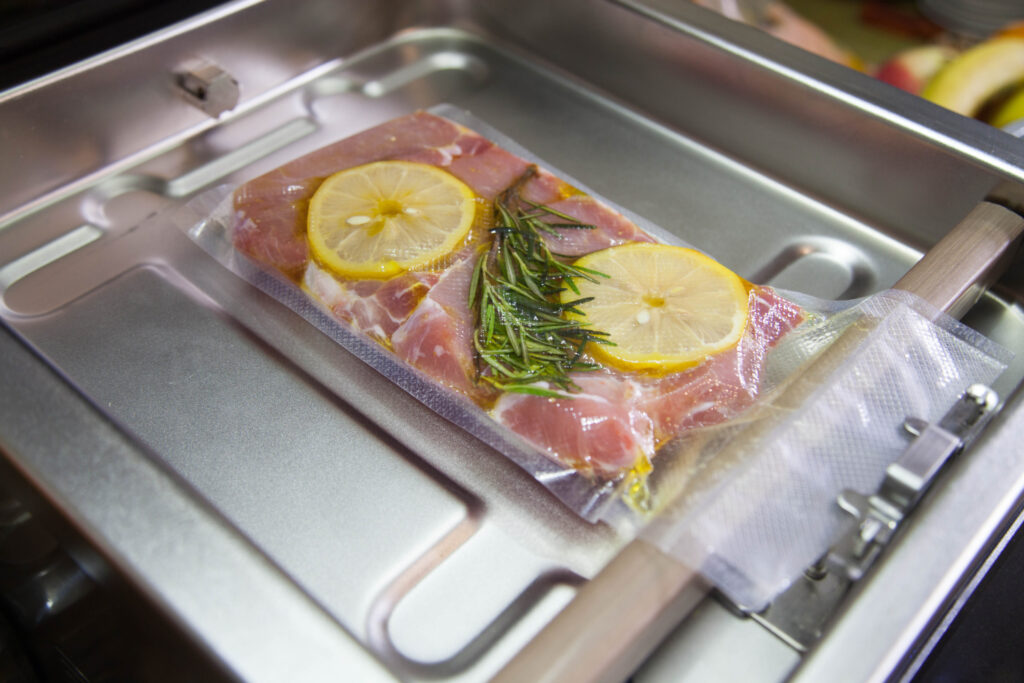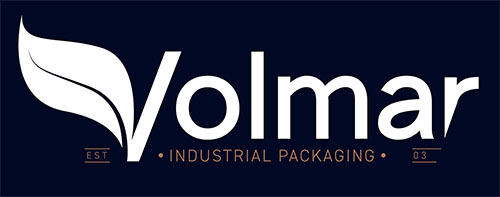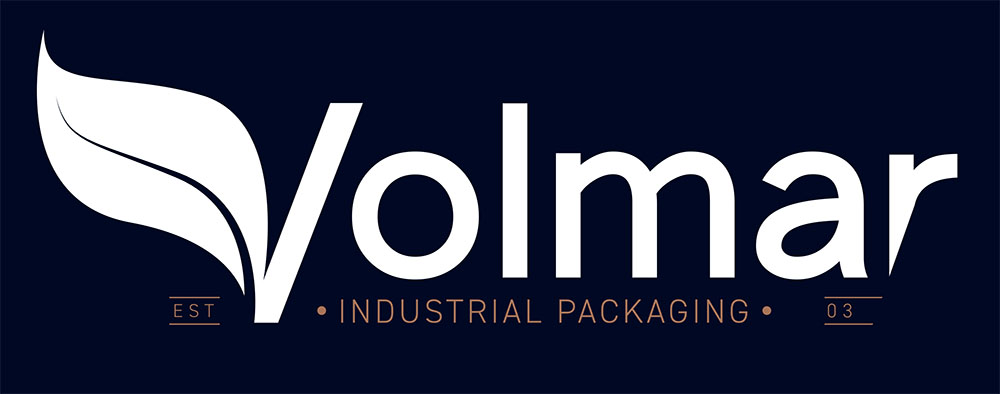
Vacuum packing is an ideal storage method for fresh and cooked food products. It is an efficient process that preserves food’s quality and organoleptic properties, creating an optimal barrier effect against external agents.
In order to ensure products are preserved correctly, the vacuum must be created carefully and an appropriate food packaging must be used in order to support this process. Let’s see when to choose vacuum packaging, the best food packaging to use and some useful tips about storing vacuum-packed foods.
Vacuum packaging systems
Vacuum packing is a process carried out immediately after a food is produced or cooked to remove air from the packaging. Once the air has been removed, to ensure that oxygen does not come into contact with the food until the packaging is opened, the packaging is hermetically sealed.
Food can also be packed in a modified atmosphere, which involves removing the air from the packaging and inserting a specific mixture of inert gases. Different mixtures of gases are used to replace the air inside depending on the characteristics of the product to be preserved. In any case, the main gases used for modified atmosphere packaging are carbon dioxide, nitrogen, oxygen and argon.
Another technique is skin packaging, a technology that uses both vacuum packing and heat sealing. With skin packaging, a shrink-wrap film is applied to the product, while the base is made with plastic or cardboard and a hermetic seal is created through heat sealing.
How are foods vacuum packed? This process can be carried out in domestic or industrial settings, using different systems:
- External suction packaging machines: these are used in domestic or small-scale professional contexts, with a vacuum of 90 to 95%. They are very simple and intuitive to use. The food is simply placed in the vacuum bag and the machine removes the air from inside and seals the packaging;
- Bell vacuum packaging machines: these are suitable for professional applications, such as in the food industry, for deli products and restaurant use, achieving a vacuum of 99%. The food is inserted into the machine and when the cover is closed, the device removes the air and hermetically seals the bag automatically.
Why is it useful to vacuum pack food? There are many reasons. Firstly, the vacuum prevents the oxidation of food and consequently extends a product’s shelf life. It is also an effective way to reduce food waste and store food more conveniently and efficiently. Plus, thanks to the optimal barrier effect, it preserves the flavor, consistency and freshness of the food.
Vacuum packaging: tips and advice
There are several factors to look out in order to vacuum pack food correctly. First of all, it’s essential to check the hermetic seal on vacuum packaging, to prevent air from entering or gases from escaping in modified atmosphere packaging systems. Vacuum packaging machines must be carefully monitored and sealing times must always be respected.
It is advisable to use smaller packaging than the seal bar to ensure a perfect hermetic seal. When it comes to the vacuum packaging itself, it’s important to choose suitable bags with the right dimensions and specific characteristics, such as resistance and a barrier effect against light, moisture and other external agents.
Volmar Packaging offers dedicated vacuum packaging solutions for food products, which are of high quality and are extremely reliable. Take our skin packaging for food, for example, which consists in a protective plastic film to create an optimal barrier effect, ideal for packaging numerous types of products including fresh and perishable foods.
The skin pack system features a base (a tray or dish) made with plastic or cardboard and a protective film that increases the shelf life of the food thanks to the barrier effect against external agents.
How long can a product be kept under vacuum?
One of the main advantages of vacuum packaging is that it can increase a food’s shelf life, reducing a number of factors that cause it to expire, like contact with oxygen. For example, the shelf life of fresh bread can be extended to 7 to 8 days when vacuum packed, as opposed to 2 to 3 days, while cookies can last 12 months under vacuum compared to 4 to 6 months in traditional packaging.
Vacuum-packed food also has a longer shelf life in the refrigerator. Beef that can be kept in the refrigerator for 3 to 4 days can last up to 30 to 40 days when vacuum packed, while the shelf life of raw vegetables can be extended from 5 to 6 days to 18 to 20 days. In summary, vacuum packaging is an efficient food storage system for domestic, professional and industrial contexts but it’s important to choose the right systems and the most suitable packaging.

